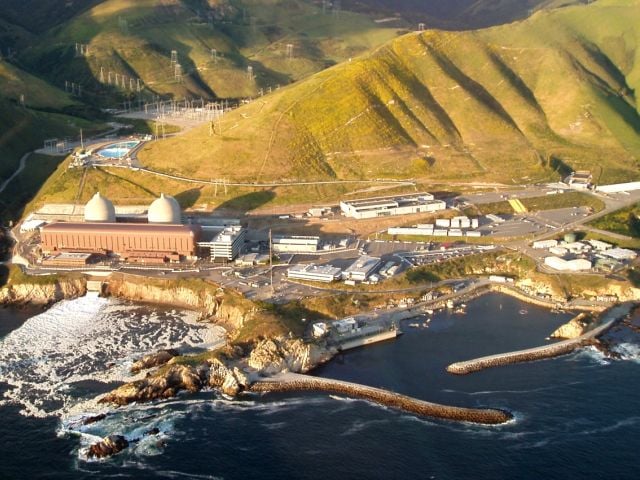SAN ANSELMO, Calif. – Pacific Gas & Electric Company has already caused 62 fire ignitions in high-risk areas this year – nearly surpassing the 65 ignitions for all of 2023, the Wall Street Journal reports. It shows the utility remains a serious threat to public safety.
Though none of the ignitions this year have escalated into large-scale wildfires, the concerning increase raises significant red flags for a company known for a history of disastrous planning and fatal issues associated with fire management and preparedness.
And the soaring ignitions deserve particular concern given that 29 occurred in the past few weeks following the intense July heatwave, as hot weather can exacerbate wildfires.
"PG&E’s track record is simply unacceptable," said Environmental Working Group President and Bay Area resident Ken Cook. “The fact that we are still seeing this many ignitions, even before the most dangerous months of the wildfire season, proves that PG&E’s leadership has clearly not learned from past disasters.
“California residents should not have to live in constant fear that PG&E might be the cause of their homes and businesses going up in flames, or worse,” he added.
PG&E’s long-standing issues with equipment maintenance and vegetation management have previously led to devastating wildfires in California, such as those in 2017 and 2018 that resulted in widespread destruction and loss of life.
For years, the utility has made misstep after misstep with its wildfire planning. In 2022, it laid off at least 800 contract employees, including many responsible for helping prevent wildfires.
And that was just one year after PG&E told state utility regulators a damaged fuse box from a power line might be responsible for starting the large Dixie Fire that scorched swaths of the Sierra Nevada mountains. That catastrophe was yet another example of PG&E’s inadequate and dangerous power line management that highlights the perils of a centralized grid.
This year’s recent surge in ignitions suggests that, despite years of empty reassurances and revised tactics, PG&E remains unable to adequately manage its transmission lines and other equipment to safeguard Californians.
While PG&E has initiated a task force and introduced new measures like increased vegetation clearance and enhanced monitoring, as the Journal reported, these efforts appear more reactive than proactive.
The company’s persistent shortcomings endanger millions, particularly as the state approaches the most perilous period of wildfire season when strong offshore winds could quickly turn a small spark into a catastrophic blaze that could engulf communities in the fire’s path.
###
The Environmental Working Group (EWG) is a nonprofit, non-partisan organization that empowers people to live healthier lives in a healthier environment. Through research, advocacy and unique education tools, EWG drives consumer choice and civic action.



